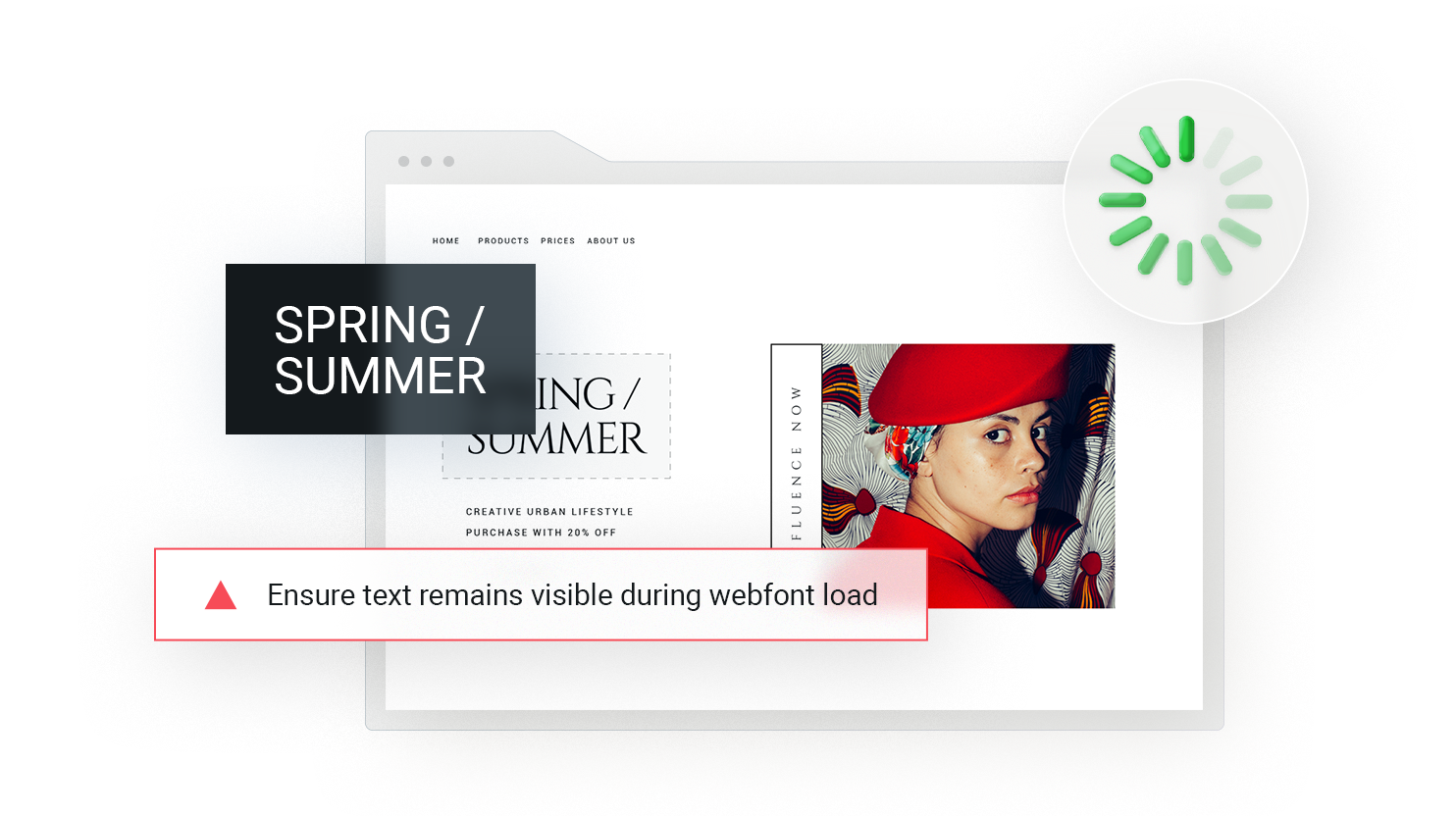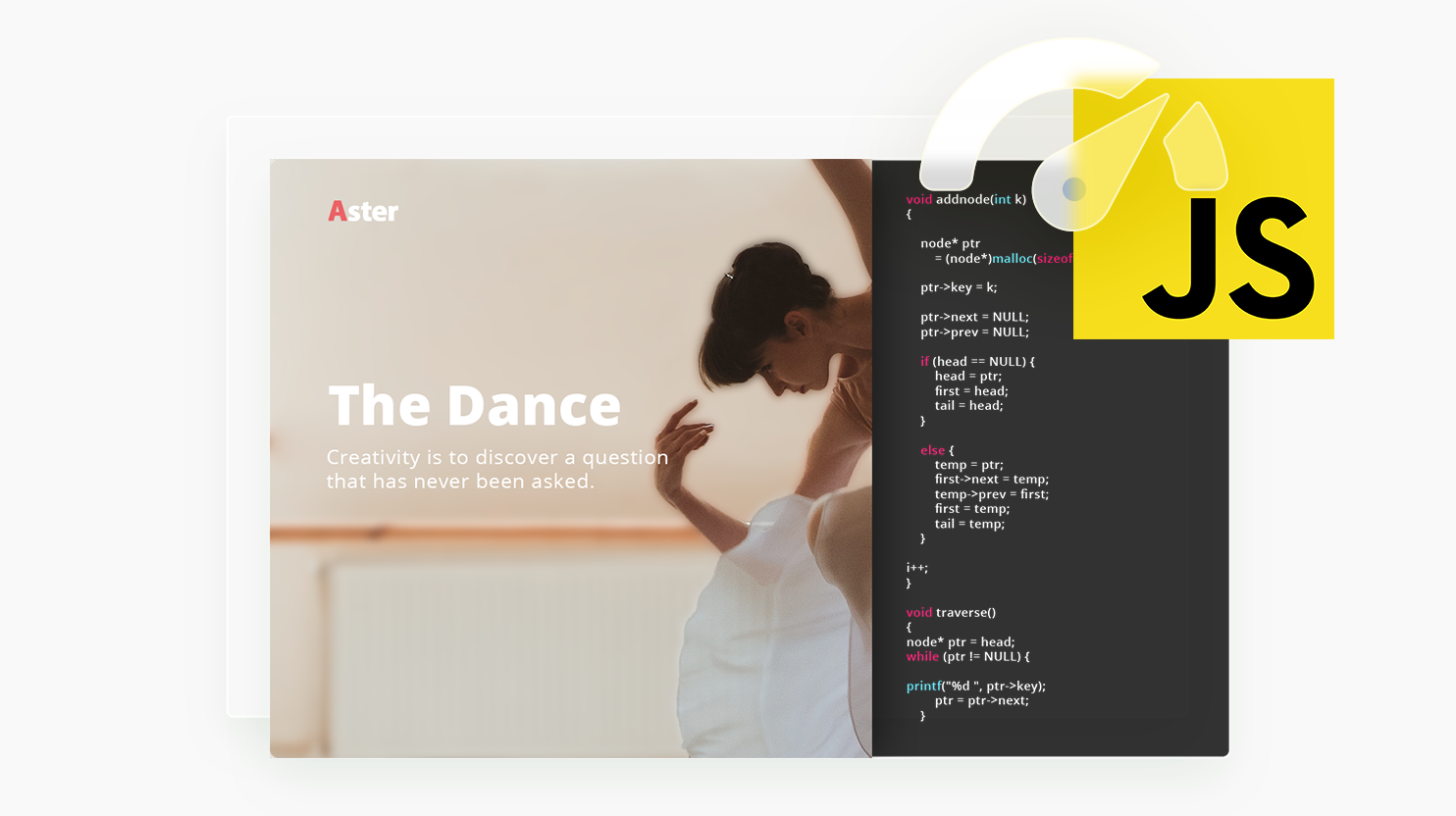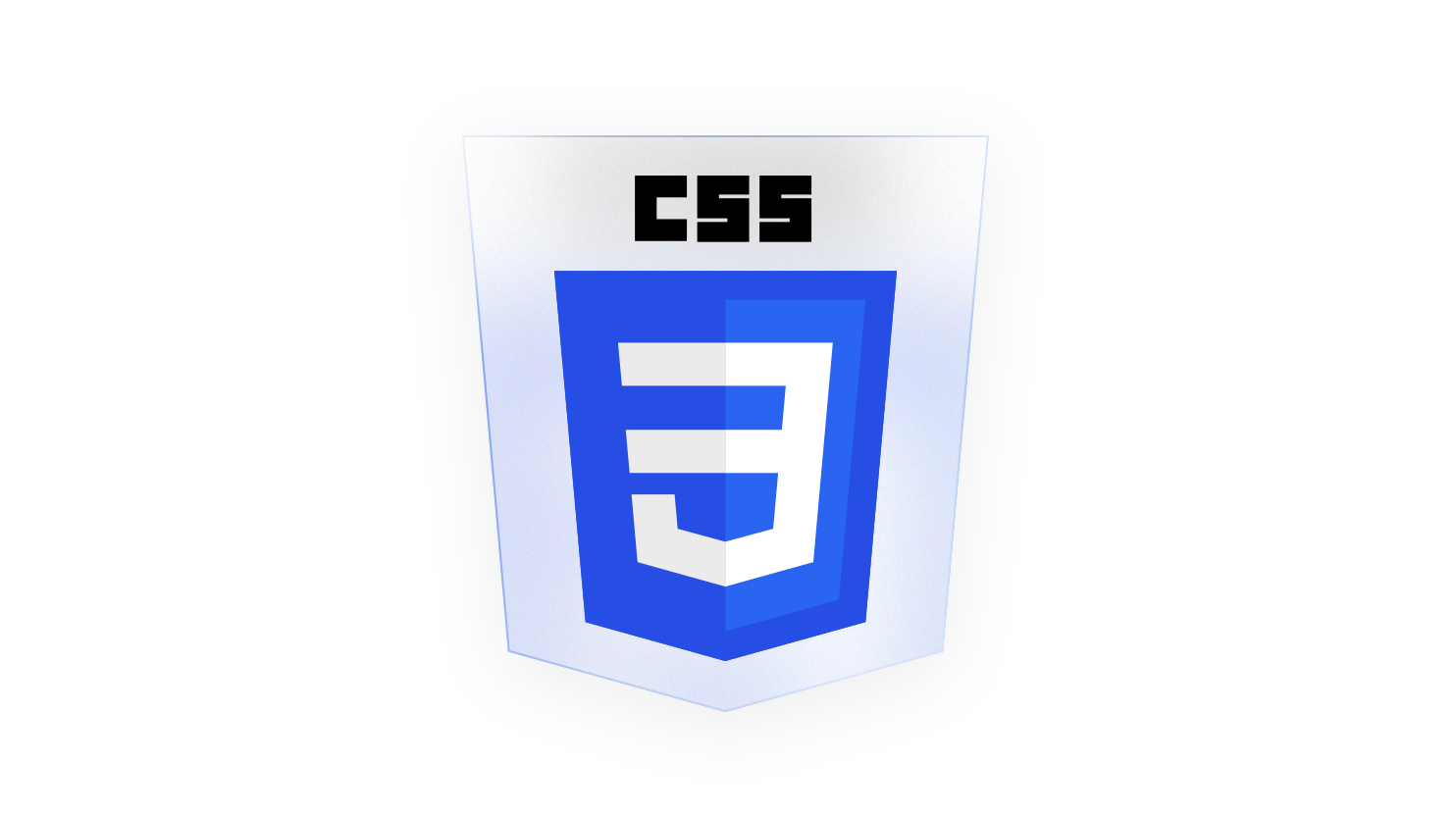Backend optimization
HTTP/3
HTTP/3 is the third version of the HyperText Transfer Protocol(HTTP) developed by IETF and is considered to be the successor of HTTP/2. Unlike its predecessor, it is built on top of a different protocol, QUIC. Why did HTTP/3 have to exist when HTTP/2 was only standardized in 2015? To understand and probe this question properly, you need to understand how HTTP as an internet protocol evolved.
Brotli compression
Brotli is a compression algorithm that boasts faster compression times and greater compression of webpages than its predecessor GZIP. It is open-source, free to use, and already supported by modern web servers and browsers.
GZIP Compression
GZIP compression is a method for making files smaller. When it comes to page speed, smaller files mean faster load times.
Frontend optimization
WebP
WebP is an image compression technology developed by Google around a decade ago. The WebP file is represented by the “.webp” file format. The support for the WebP file format has increased quite a lot in the past few years by modern browsers, platforms like WordPress, and many other tools and software libraries. And because of its increased compatibility and popularity in recent years, the WebP has become a de-facto standard for web images.
CDN
A Content Delivery Network (CDN) is a group of geographically distributed servers that are used to cache files locally for faster download speeds to domestic and international markets. CDNs offer hundreds of data center locations situated near the world’s most populated geographic regions with load balancing on network traffic that routes requests to the closest web server.
Speed metrics
Time to First Byte
TTFB stands for time to first byte. It is a time metric that determines the time it takes for the first byte of a server response to arrive when some request for a resource is made.
Time to Interactive (TTI)
Time to Interactive (TTI) is a metric used to measure how long it takes for a page to become fully interactive and usable after it loads. TTI is intended to assess the time taken from when the browser renders the first bit of content from the DOM (FCP) until when users can carry out their first interaction with the page, such as clicking a button. TTI is known to be much better and more accurate than the typical performance metrics such as Onload and page load.
First Contentful Paint (FCP)
The First Contentful Paint (FCP) is the first thing you see when opening a webpage. FCP is one of the six frontend performance metrics that PageSpeed Insight measures using Lighthouse. It affects the customer experience and SEO, so you should measure and optimize for a fast FCP.
Largest Contentful Paint (LCP)
Often abbreviated as LCP, Largest Contentful Paint is a user experience-centric metric of how long it takes the largest element on your page to render. The LCP object could be an image, text, video, or animation that appears above the fold.
First Input Delay (FID)
First Input Delay (FID) is a Core Web Vitals metric defined by Google that measures the interactivity and responsiveness of web pages. When calculating a PageSpeed score for a URL, the First Input Delay (FID) value represents the time lag between the first user interaction with the page elements and when the web browser is actually able to process the user request.
Cumulative Layout Shift (CLS)
Cumulative Layout Shift (CLS) is a Core Web Vitals metric defined by Google that measures the visible stability of web pages. When unexpected shifts in the display of content occur in the loading of a web page due to image resizing, ad displays, animation, browser rendering, or other script elements, such shifts lower the quality of user experience. This can make visitors confused or require them to wait till the webpage loading is completed, which takes more time.
PageSpeed Insights
PageSpeed Insights (PSI) is an analytics tool offered by Google for the evaluation of website performance across desktop and mobile devices. The Google PageSpeed score of each URL is a reference value calculated from the metrics used for search engine optimization (SEO).







